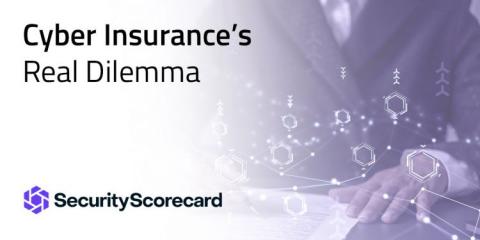What is Third Party Due Diligence? What You Should Know
Due diligence is one of the most important steps before starting a partnership with a third-party business, as it reveals any hidden risks or vulnerabilities that could harm your network. In this blog, we will define third-party due diligence, explore the benefits of conducting cybersecurity due diligence, and describe how to get started.
























